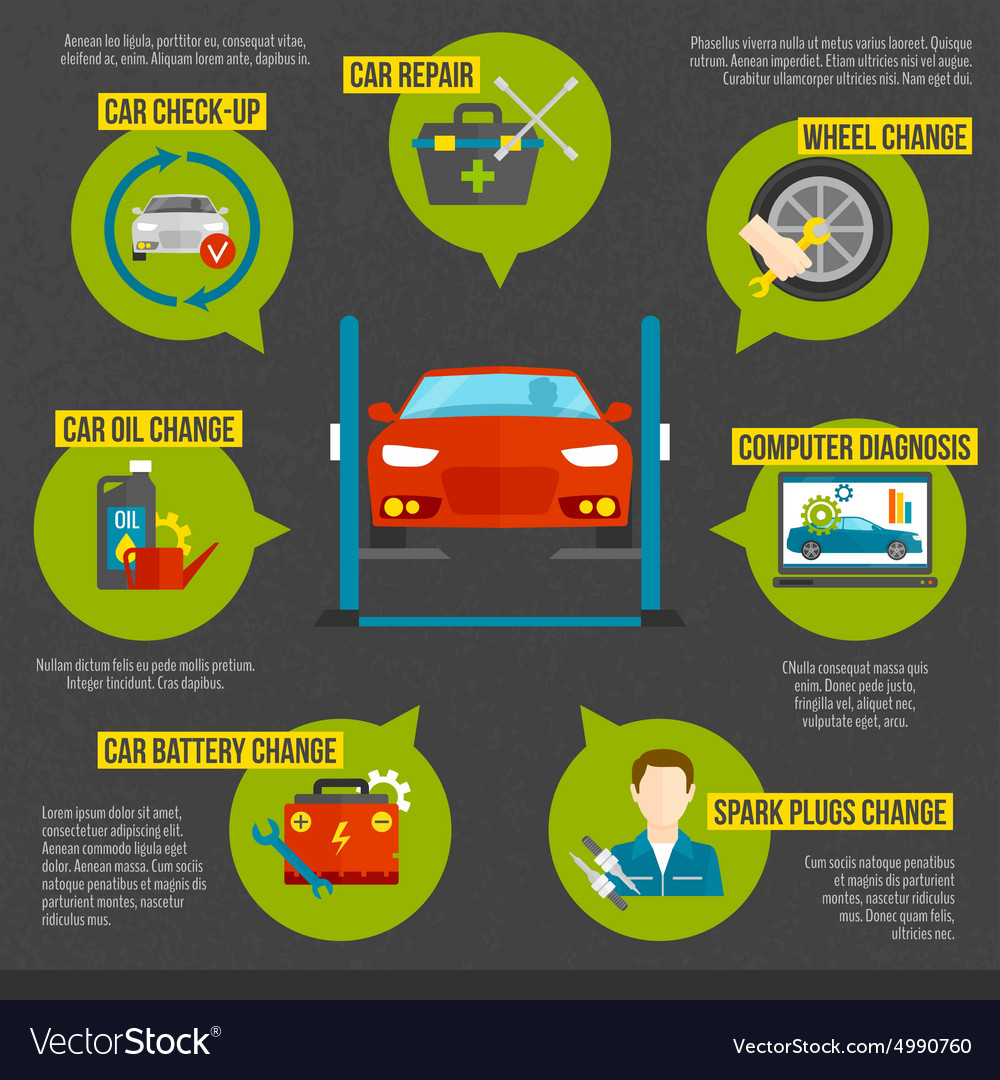Decoding Your Car'S Warning Indicators: What They Truly Symbolize
Decoding Your Car'S Warning Indicators: What They Truly Symbolize
Blog Article
Material By-Higgins Stark
When you're behind the wheel, those radiant caution lights on your dashboard can be a little bit puzzling. Do you know what they're trying to tell you concerning your auto's health? Recognizing the value of these lights is essential for your safety and security and the longevity of your vehicle. So, the next time one of those lights turns up, would not you intend to analyze its message accurately and take the essential actions to resolve it?
Common Caution Lighting and Interpretations
Recognize usual warning lights in your cars and truck and comprehend their definitions to make sure safe driving.
One of the most typical caution lights include the check engine light, which signifies issues with the engine or emissions system. If this light comes on, it's crucial to have your car checked quickly.
The oil pressure warning light indicates low oil stress, calling for instant focus to prevent engine damage.
A blinking battery light may suggest a malfunctioning billing system, potentially leaving you stranded otherwise attended to.
The tire stress tracking system (TPMS) light notifies you to low tire stress, affecting lorry security and gas efficiency. Neglecting this can lead to unsafe driving problems.
The abdominal light suggests an issue with the anti-lock braking system, compromising your ability to quit rapidly in emergencies.
Finally, the coolant temperature alerting light warns of engine overheating, which can lead to extreme damage otherwise dealt with quickly.
Recognizing cut and polish car near me will assist you resolve problems promptly and maintain secure driving problems.
Relevance of Prompt Attention
Recognizing the typical caution lights in your auto is just the first step; the importance of without delay attending to these cautions can not be stressed sufficient to guarantee your safety when traveling.
When a caution light illuminates on your dashboard, it's your cars and truck's means of communicating a potential issue that requires interest. Neglecting these cautions can bring about much more severe problems later on, jeopardizing your security and potentially costing you much more in repairs.
Trigger attention to warning lights can avoid malfunctions and crashes. For example, a blinking check engine light can suggest a misfire that, if left unattended, could create damages to the catalytic converter. Addressing this quickly can save you from an expensive repair service.
Likewise, a brake system warning light could signify low brake fluid or worn brake pads, important elements for your safety and security when driving.
DIY Troubleshooting Tips
If you see a caution light on your dashboard, there are a couple of do it yourself fixing tips you can attempt before looking for specialist help.
sns auto detailing is to consult your vehicle's handbook to comprehend what the details warning light suggests. Often the concern can be as simple as a loose gas cap triggering the check engine light. Tightening up the gas cap might settle the problem.
Another typical issue is a reduced battery, which can trigger different advising lights. Examining the battery links for corrosion and guaranteeing they're safe and secure might fix the problem.
If a warning light persists, you can try resetting it by disconnecting the cars and truck's battery for a couple of mins and then reconnecting it. Additionally, checking your car's liquid levels, such as oil, coolant, and brake fluid, can aid troubleshoot cautioning lights connected to these systems.
Verdict
In conclusion, comprehending your auto's warning lights is vital for maintaining your car running smoothly and safely. By without delay dealing with these notifies and recognizing what they mean, you can stay clear of costly repair work and potential break downs.
Keep in mind to consult your car's manual for certain information on each advising light and do something about it appropriately to ensure a hassle-free driving experience.
Keep notified, remain secure on the road!
